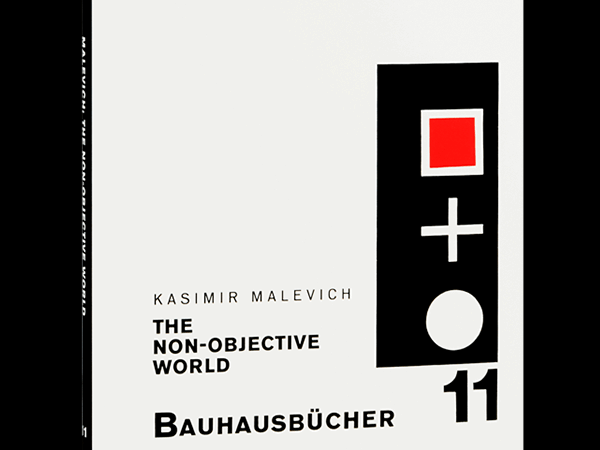
BARBARA LONDON’S VIDEO/ART: The First Fifty Years is both a personal memoir and a history of an artistic medium from its genesis to the present. The effortlessness with which these two undertakings coexist is a testament to London’s lifelong commitment to her subject matter: as the founder of NY MOMA’s video programs, she was instrumental in bringing a once-underground art form into the broader establishment.
New York in the 1970s was arguably the global epicenter of the fledgling new art form, with artists such as Nam June Paik, Beryl Korot, and Mary Lucier at the forefront. As radical and iconoclastic as the work of these early pioneers may have been, it was nonetheless based in (and bound to) more established forms such as sculpture and live performance. Film, though inarguably the main precursor of video, differs in a crucial aspect:
The quality of being live is characteristic of video (an important distinction from film). Once a video camera is turned on, an image of an action unfolding in real time can be displayed indefinitely on the monitor to which the camera is connected. This live, or “open circuit” image – an impossibility in film – to most eyes appears identical to a prerecorded version.

Cheryl Donegan, Head, 1993. Video, color, sound, 2 min. 49 sec. Picture credit: Courtesy Electronic Arts Intermix (EAI), New York (page 147)
While many of the works covered in the book fall somewhere along the film-video axis (such as Bill Viola, whose work uses carefully staged projections, intense soundscapes, and dark theater-like surroundings), the distinction is nonetheless important. Put another way: though their basic materials are the same, there is a sense of immediacy in video art that is absent in film. This immediacy can play out in numerous ways, covering a spectrum that ranges from shocking and confrontational (Chris Burden’s Through the Night Softly) to voyeuristic (Bruce Nauman’s Live Taped TV Corridor) to calmly ascetic (Nam June Paik’s TV Buddha).

Bill Viola, Room for St. John of the Cross, 1983. Photo: Kira Perov (page 108)
London brings together these disparate threads admirably: over the course of the book she seeks to present video art as a complex, multifaceted genre with numerous disparate strands that have divided and reconverged over the decades. This openness to the various forms video art can take (as well as its numerous sub- and super-categories ranging from performance and “time-based” art to the overarching descriptor “multimedia”) was an integral part of her approach to acquisition and curation at MOMA. Ultimately, this openness to oddities, outliers, and unclassifiable works brought her longevity in her professional life as a curator, which in turn gave clout, respect, and crucial resources to a previously underground art form.
As the book also points out, while the field of video art (like the greater art world) remained and remains male-dominated, it nonetheless had a much higher percentage of women than the more traditional and established genres. From the earliest days of video art through the present, artists such as Mary Lucier, Kubota, Joan Jonas, Laurie Anderson, Pipilotti Rist, Cheryl Donegan, Miranda July, and many others created many of the medium’s most essential works.

Wong Ping, Wong Ping’s Fables 1, 2018. Video animation, sound, color, 13 min. Picture credit: Courtesy the artist and Edouard Malingue Gallery. (page 262)
In more recent decades, as the price of recording and broadcasting multimedia works dropped and the new phenomenon known as the World Wide Web proliferated, the field saw an increasing number of contributions from underrepresented countries around the world. Chinese artists such as Wang Gongxin, Zhang Peili and Yang Fudong, Iranian artist Shirin Neshat, and Pakistani/Indian artist Nalini Malani have brought new perspectives to the genre in the 21st century.
The final chapters of the book cover this increasing diversity and globalization of the form thoroughly, giving the book an overall satisfying arc while remaining open to the yet-unforeseen new forms video art will take via internet- and streaming-based art. London shows the same openness to these new forms that she did to the then-new form of video in the early 1970s, fulfilling a five-decade journey through a relentlessly self-renewing medium.
Video/Art: The First Fifty Years
Barbara London
Phaidon
€29.95



